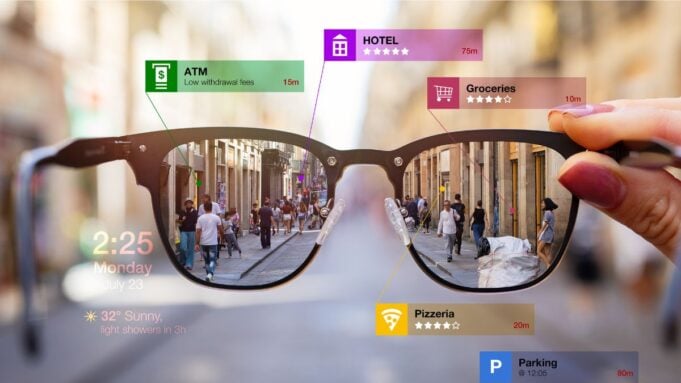Technological advancements are changing how people consume entertainment and enhancing user experience. Artificial Intelligence (AI) has already had a significant impact, and Augmented Reality (AR) and Virtual Reality (VR) are poised to follow.
One example of how technology is utilising something as simple as eyeglasses is how AI is used in smart glasses. Users of the Ray-Ban Meta Smart Glasses can do things like interact with WhatsApp, listen to music, capture videos and images and–with the implementation of AI–use voice commands. AR and VR are also being integrated into the next generation of smart glasses and are expected to take gaming and entertainment to the next level.
People often purchase prescription glasses online or prescription lenses for VR headsets. Now they will also be able to buy smart glasses (with prescription lenses for some models) to enjoy new ways of enjoying entertainment media.
Smart Glasses in Gaming
A version of AR has already been popular with gamers. Pokémon GO is an AR game that took the gaming world by storm, inspiring players to group up to catch the elusive monsters in their neighborhood. The same technology that allowed smartphones to create an augmented reality for the players is now being transferred to eyewear.
AR will enable games to include a player’s real environment in their gaming adventures. An overlay on the lenses will provide information and visuals necessary to engage in the game. The heads-up display (HUD) for the game that shows the score, ammo counts, gaming hints, health and more will be layered over the user’s surroundings. Additionally, 3-D animated creatures, NPCs and objects will also be integrated into the gamer’s experience.
Smart glasses are also expected to utilize eye tracking and gesture control. As the player moves their eyes, the environment will adjust around them, making it a more intuitive and natural experience.
AR smart glasses also have non-gaming applications such as providing directions to a destination, giving information about certain areas, and implementing a lot of the functions of a smartphone.
VR smart glasses are different from AR in that they provide an immersive experience for the user. A “screen” takes the place of reality, projecting a “virtual world” that the user can interact with in various ways. Eye tracking and movement tracking may take the place of hand controllers soon. Additionally, the size of the projected “screen” in the VR glasses is expected to increase in size. This will give people the chance to enjoy films and television shows on a “big screen” possibly rivaling theaters.
Augmenting Live Events
AR is expected to enhance live events in multiple ways from giving directions through the venue to the user’s seat to elevating the visuals on the concert stage by expanding the stagecraft to new heights of creativity. AR will also enable performers to include visual overlays that could include 3D animated characters or environments.
Additionally, the audience will be able to respond to the concert through the AR interface, sharing their reactions with others in the venue through emoticons and other visual elements. Performers could also reward concertgoers with special personalized interactive elements that are unlocked through the AR devices.
For sporting events, AR could give users stats on the players, leaderboards, rankings, player biographies and other information during the game. Visuals from the different teams could also be included in the AR experience. Announcers will also be a user option, enabling people to select from various languages.
The Future of Entertainment
As the technology behind AR and VR continues to advance, there are countless possibilities of how they will be used in entertainment of all kinds. The technology will unlock a whole new area of creativity for the fashion, music, film, television and sports industries. Smart glasses will be at the forefront of the advancements as people seek out new ways to enjoy an immersive experience, where the real and virtual worlds collide.
Variety AU/NZ newsroom and editorial staff were not involved in the creation of this content.































